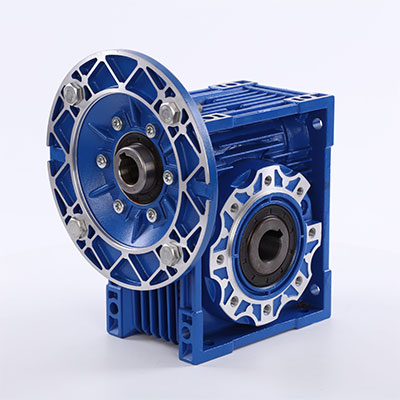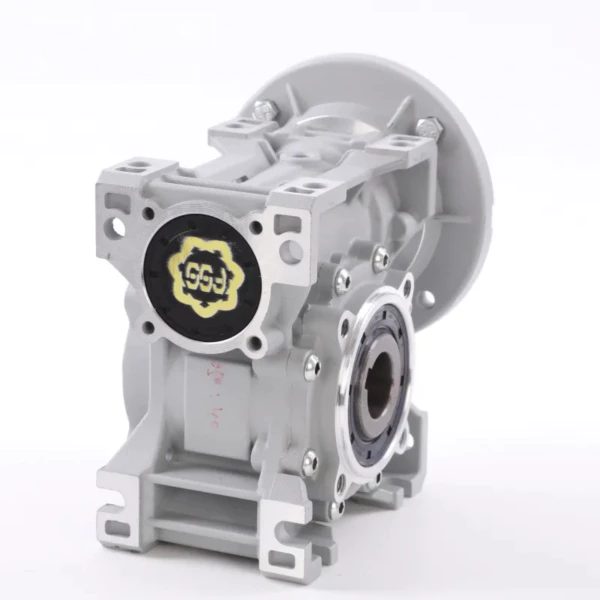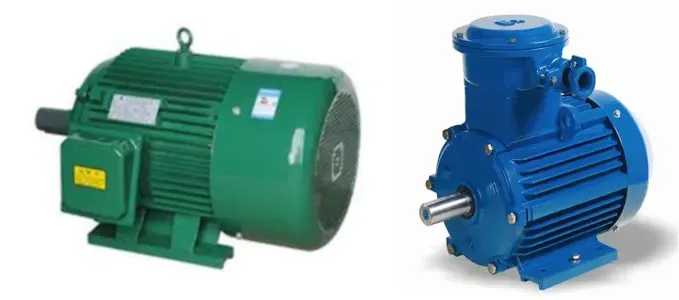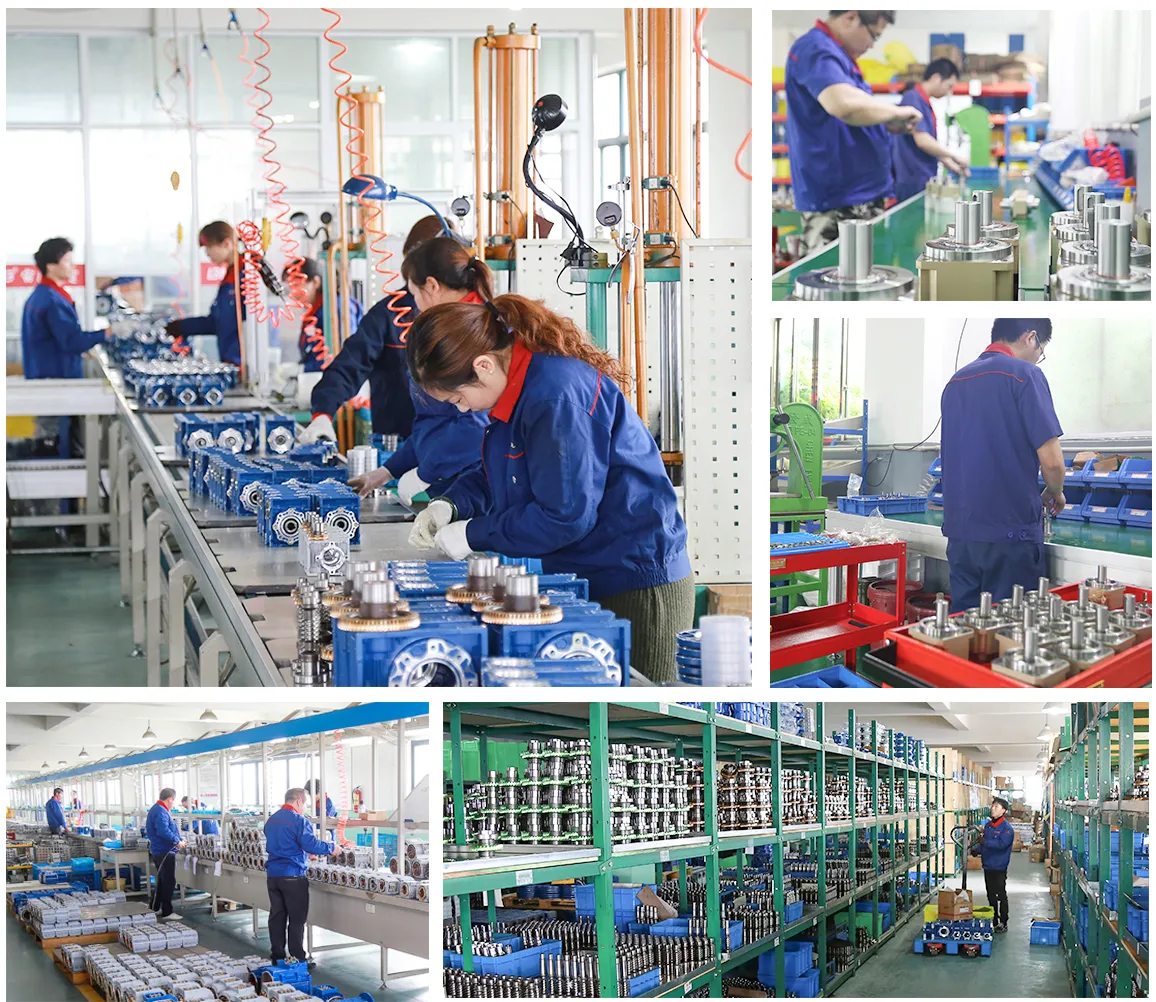As scientific and technological advancements continue to be made, certain mechanical components, such as the worm gearbox, have become integral to industrial operations. This article will delve into the worm gearbox’s fundamentals, its working principle, structure, and suitability for ventilation systems, among other topics.
Understanding the Basics of Worm Gearbox
Known for its unique design and functionality, a worm gearbox is a crucial type of gear system that operates based on a worm (screw) that turns a worm gear (resembling a standard gear). The primary role of this system is to modify rotational speed and allow for a higher torque output. Essentially, it is the epitome of the conversion of high-speed motor input into a slower output speed with higher torque.
The Importance of Worm Gearbox in Industrial and Mechanical Applications
Worm gearboxes are a vital part of many mechanical and industrial applications due to their ability to provide high torque output, their compactness, and their quiet operation. These properties make them particularly suitable for applications where space is limited and noise must be minimized, such as in ventilation systems.
Working Principle of Worm Gear Reducer
The working principle of a worm gear reducer lies in the meshing relationship between the worm and the worm wheel. When the worm is driven by the motor, its rotational movement is transferred to the worm wheel, resulting in a reduction in speed and an increase in torque. This meshing also offers a unique attribute, the worm can easily turn the gear, but the gear cannot turn the worm, providing a locking mechanism when the motor is not running.
Basic Structure and Composition of Worm Gearbox
The Worm and the Worm Gear
The worm and the worm gear are the heart of the gearbox. The worm, which is similar to a screw, meshes with the worm gear to transmit motion and power.

The Input and Output Shaft
The input shaft is connected to the power source and brings about the rotation of the worm. Conversely, the output shaft is connected to the worm gear and delivers the reduced speed and increased torque to the machinery it is running.
The Housing
The housing hosts all the aforementioned components, providing support and alignment, and protecting the components from the external environment.
Why Worm Gearbox is Suitable for Ventilation Systems
Worm gearboxes are especially suitable for ventilation systems for several reasons:
- High Torque Output: Ventilation systems require a high level of torque to operate effectively, which worm gearboxes can provide.
- Compactness: Ventilation systems often have limited space, making the compact design of worm gearboxes ideal.
- Quiet Operation: To maintain a comfortable environment, ventilation systems must operate quietly, which is a characteristic of worm gearboxes.
- Durability: Ventilation systems are often in constant operation, requiring a durable and reliable gearbox like the worm gearbox.
- Locking Mechanism: The inability of the worm gear to turn the worm provides a locking mechanism, preventing undesired operation when the ventilation system is off.

Features and Advantages of Worm Gear Motor
Worm gear motors boast several features and advantages which include:
- High Torque: They offer high torque output, making them suitable for heavy-duty operations.
- Quiet Operation: They operate with minimal noise, making them ideal for environments where noise can be disruptive.
- Compact Design: Their compact design makes them suitable for applications with space constraints.
- High Durability: They are designed to withstand constant operation, thereby ensuring longevity.
- Efficiency: They offer efficient operation with minimal power loss.

Choosing the Right Worm Reducer for Your Application
When choosing a worm reducer for a ventilation system, several factors should be considered:
- Torque Requirements: Choose a worm reducer that can meet the torque requirements of your ventilation system.
- Size Constraints: Consider the space available for the worm reducer in your ventilation system.
- Noise Level: For indoor ventilation systems, a quieter worm reducer may be necessary.
- Durability: Choose a worm reducer that is durable and can withstand the constant operation of a ventilation system.
- Efficiency: To minimize power loss, choose a worm reducer that offers high efficiency.
Motors for Worm Gear Reducers
The motor is an essential complement to the worm gear reducer, providing the initial input power that the reducer then modifies. Its importance cannot be overstated, and we offer a range of electric motors specifically designed to work with our worm gearboxes.


About Our Company
We are a comprehensive transmission equipment manufacturer integrating research and development, manufacturing, and sales of speed reducers. With over 15 years of experience, we serve customers across continents, providing high-quality, efficient, and stable gearboxes at competitive prices. Our products, including the MRV series worm gear reducer and others, are widely used across various industries.

Q&A
- Q: Are worm gearboxes suitable for all ventilation systems?
A: While worm gearboxes are suitable for many ventilation systems, the specific requirements of the system should always be considered.
- Q: What is the life expectancy of a worm gearbox?
A: With proper maintenance, a worm gearbox can last for several years of continuous operation.
- Q: Can I customize a worm gearbox for my specific needs?
A: Yes, we offer customization options to meet specific customer needs.
If you are looking to explore the capabilities of a worm gearbox for your ventilation system, do not hesitate to contact us for more information and purchase.
Edited by Zqq